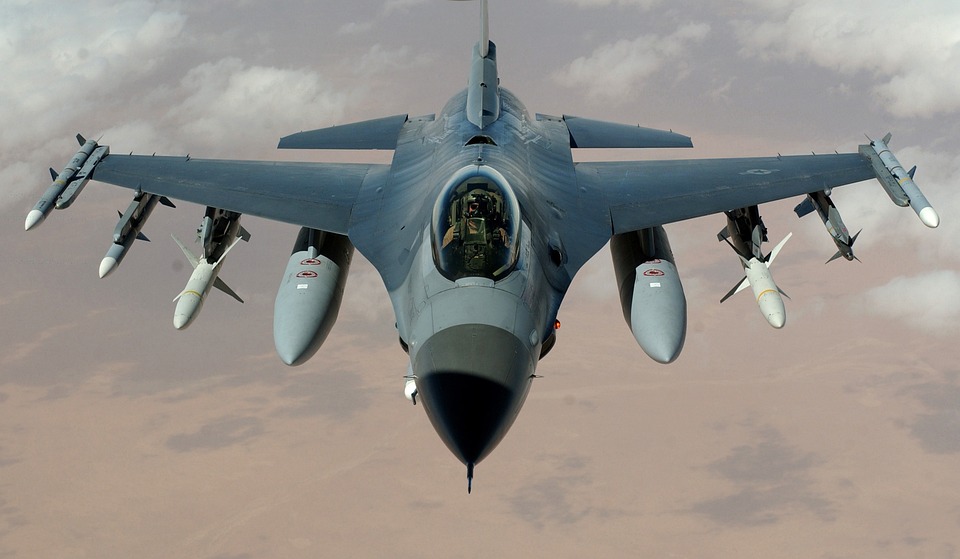The Aircraft Designer Landscape: Skills, Responsibilities, and Opportunities
In the rapidly evolving realm of aviation, the role of an aircraft designer has become paramount. With the industry facing a significant talent shortage, particularly in the UK, there lies a golden opportunity for aspiring designers, especially those seeking visa sponsorship. So, what does it take to thrive in this dynamic field?
1. Core Competencies: The Bedrock of Aircraft Design
To embark on a successful journey as an aircraft designer, one must cultivate a robust skill set. This includes:
-
Technical Proficiency: Mastery of CAD software is non-negotiable. Tools such as CATIA or SolidWorks are essential in crafting detailed designs. Beyond software, a deep understanding of aerodynamics, materials science, and structural engineering is crucial. The designer must not only visualize but also realise designs that meet safety and performance standards.
-
Problem-Solving Aptitude: The ability to think critically and innovate is a hallmark of effective aircraft designers. They often face complex challenges, from balancing weight and strength to ensuring fuel efficiency. How does one engineer a solution that adheres to stringent regulations while pushing the boundaries of innovation? Such questions are commonplace in the design process.
-
Collaboration Skills: Aircraft design is rarely a solitary endeavour. Designers work alongside engineers, project managers, and even regulatory bodies. Effective communication and teamwork are vital. The designer must articulate their vision and integrate feedback from diverse stakeholders.
2. Responsibilities: Beyond Design
An aircraft designer’s responsibilities extend far beyond mere sketches and models. Key duties include:
-
Research and Development: Keeping abreast of the latest technological advancements is critical. This involves not only understanding existing technologies but also anticipating future trends. Designers must question: What materials will revolutionise aircraft construction in the next decade?
-
Prototyping and Testing: Once a design is conceptualised, it must be brought to life. This phase involves creating prototypes and conducting rigorous testing to ensure compliance with safety and performance standards. Failures during this stage are invaluable learning opportunities.
-
Regulatory Compliance: Navigating the labyrinth of aviation regulations is a daunting task. Designers must ensure their creations meet all necessary standards set forth by authorities, such as the Civil Aviation Authority in the UK.
3. The Talent Shortage: An Invitation to Innovate
The aviation sector is currently grappling with a notable talent shortage. A report by the Royal Aeronautical Society highlights that by 2030, the UK could face a shortfall of up to 20,000 engineers. This deficit creates a unique opportunity for international talent.
For those considering a move to the UK, the prospect of visa sponsorship becomes increasingly appealing. Many companies are eager to attract skilled professionals from around the globe to fill these crucial roles. This opens doors for those with the right qualifications and experience, transforming the aircraft design landscape into a vibrant tapestry of global talent.
Navigating Your Future in Aircraft Design
As the demand for skilled aircraft designers continues to rise, those equipped with the necessary skills and a willingness to adapt will find themselves at the forefront of the industry. The blend of technical knowledge, innovative problem-solving, and collaborative spirit will shape the future of aviation.
For anyone looking to establish their career in this exciting field, Visajob.co.uk stands ready to support your journey. With a focus on roles that require visa sponsorship, we are committed to helping you navigate the complexities of securing a fulfilling position in the UK’s aviation industry. Your future in aircraft design awaits!




